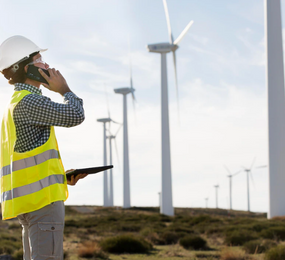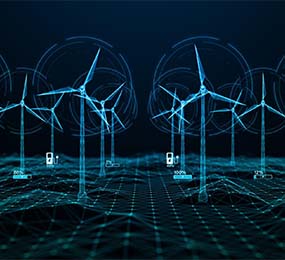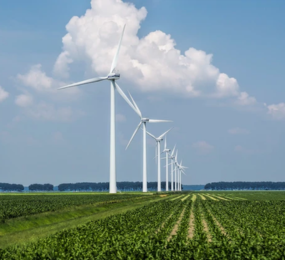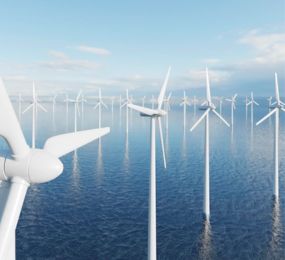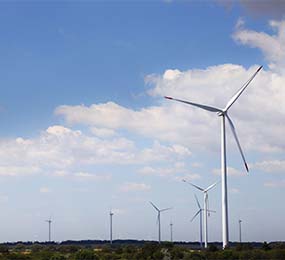Extreme wind events pose significant challenges and risks to various industries, including renewable energy, infrastructure, and emergency management. Accurate detection and timely response to these events are crucial for mitigating their impacts. In this article, we explore an innovative approach to detecting extreme wind events using high-resolution simulations from the Weather Research and Forecasting (WRF) model and deep learning techniques. Join us as we delve into the potential of this detection system to enhance preparedness and response in the face of extreme wind events.
Extreme wind events, such as hurricanes, typhoons, and severe thunderstorms, can cause widespread damage, disruption, and even loss of life. Identifying and predicting the occurrence and intensity of these events is crucial for implementing effective mitigation strategies and ensuring the safety of communities and critical infrastructure. Traditional methods of detecting extreme wind events rely on weather observations and numerical weather prediction models. However, advancements in technology, specifically in high-resolution simulations and deep learning, offer new opportunities for more accurate and reliable detection.
The Weather Research and Forecasting (WRF) model is a widely used numerical weather prediction system that can simulate atmospheric conditions at high resolutions. By leveraging the power of the WRF model, researchers and meteorologists can generate detailed simulations of wind patterns and extreme events. These simulations provide valuable insights into the evolution and characteristics of extreme wind events, enabling a deeper understanding of their behavior.
Deep learning, a subset of machine learning, has revolutionized various fields by enabling computers to learn patterns and make predictions from large datasets. In the context of extreme wind event detection, deep learning algorithms can be trained on the high-resolution WRF simulations to recognize patterns associated with these events. By analyzing a combination of meteorological variables, such as wind speed, pressure, and humidity, deep learning models can identify indicators that precede the onset of extreme wind events.
Benefits of the Detection System
The integration of high-resolution simulations and deep learning techniques offers several benefits for extreme wind event detection:
1. Enhanced Accuracy: High-resolution simulations capture fine-scale details and dynamics of extreme wind events, providing more accurate predictions compared to traditional models.
2. Early Warning and Preparedness: The detection system can provide early warnings, allowing authorities, emergency services, and communities to take necessary precautions and make informed decisions to mitigate risks.
3. Customized Risk Assessment: By analyzing the spatiotemporal characteristics of extreme wind events, the system can assess risks specific to different regions, enabling tailored preparedness and response strategies.
4. Improved Resilience: Accurate detection facilitates timely response and helps in the development of robust infrastructure designs and emergency management plans to withstand extreme wind events.
5. Future Adaptability: The detection system can adapt and evolve as new data becomes available and as deep learning models continue to improve, enhancing its predictive capabilities and accuracy over time.
The detection system has wide-ranging applications, including wind energy management, urban planning, insurance risk assessment, and disaster response. By integrating real-time data and additional meteorological observations, the system can further refine predictions and provide valuable insights for decision-makers. Additionally, ongoing research and development aim to improve the performance of deep learning models and expand the application of the detection system to other extreme weather events, such as heavy rainfall and heatwaves.
The detection system leveraging high-resolution simulations from the WRF model and deep learning techniques opens new avenues for accurate and timely detection of extreme wind events. By harnessing the power of data and advanced algorithms, this system can significantly improve preparedness, response, and resilience in the face of these events. As technology continues to advance, we can expect further refinements and applications, ultimately contributing to safer communities, sustainable infrastructure, and effective management of extreme wind events.
https://youtu.be/yLLaYGDgidI, learn more about the detection system's capabilities and potential.
To register or learn more about the Forum please check here: https://bit.ly/430gLPP
For more information and group participation, contact us: [email protected]




